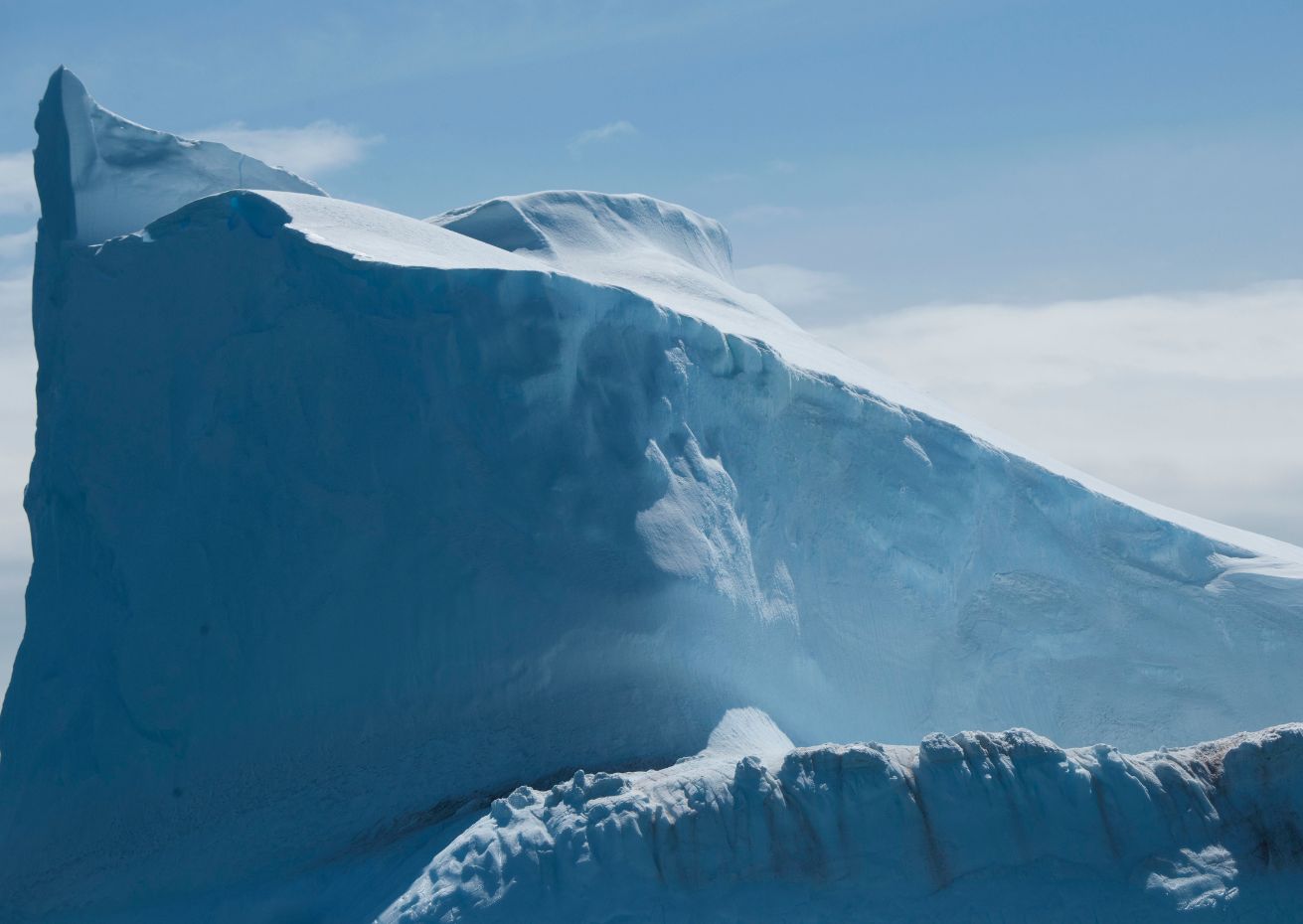
Discovered on Vega Island near the northern tip of the Antarctic Peninsula, this fossil belongs to Vegavis iaai, an extinct bird species that lived more than two million years before the asteroid impact that ended the age of dinosaurs. While fragments of Vegavis were first found over two decades ago, this latest find is different. It includes an almost complete skull, a rare and precious window into the anatomy, evolution, and behavior of one of the earliest known relatives of modern birds.
And it looks surprisingly familiar.
“Based on the neuroanatomy, it looks a lot like a living bird,” said Amy Balanoff, an evolutionary biologist at Johns Hopkins University, in an interview with Science. The skull features a sleek, toothless beak and a brain structure remarkably similar to those of ducks and geese today, suggesting that even in the age of dinosaurs, some birds were already taking on modern forms.
In the world of paleontology, Vegavis has long been a scientific lightning rod. Earlier fossils were incomplete, missing key parts of the skull that could clarify its place in the avian family tree. Some experts saw it as an early waterfowl ancestor. Others weren’t so sure. The lack of solid cranial evidence left the debate unresolved.
But this new fossil might finally put an end to the speculation.
“Few birds are as likely to start as many arguments among paleontologists as Vegavis,” said Christopher Torres, lead author of the new study published in Nature. Torres believes this skull could settle those arguments once and for all. “Chief among them: where is Vegavis perched in the bird tree of life?”
The answer, it seems, is not straightforward. While the fossil shares traits with modern waterfowl, like ducks and geese, it also bears similarities to today’s diving birds such as grebes and loons. The shape of the beak, the size and position of the eye sockets, and even the muscle attachment points suggest a bird built not just for flight but for underwater pursuits.
One of the most intriguing clues lies in the jaw.
This bird had strong jaw muscles, a feature common in birds that dive and hunt underwater. Patrick O’Connor, a paleontologist at Ohio University and co-author of the study, suggests that Vegavis may have been a powerful swimmer, using its feet to propel itself below the surface much like modern diving birds. That level of adaptation implies a more complex ecological landscape than previously imagined and a more diverse group of ancient birds thriving in prehistoric Antarctica.
That’s right. Sixty-nine million years ago, Antarctica wasn’t the frozen wasteland we see today. According to O’Connor, it was a temperate, forested region teeming with life. “It was actually forested,” he told CNN. “It was a cool, temperate climate based on most of our modeling.”
In this lush, green version of Antarctica, early birds like Vegavis may have found both refuge and opportunity. Some scientists believe these forested regions could have served as evolutionary safe havens in the aftermath of the asteroid strike that wiped out most dinosaurs. Sheltered by the climate and geography, birds like Vegavis might have been among the survivors who gave rise to the vast diversity of modern birds we see today.
For Matthew Lamanna, principal dinosaur researcher at the Carnegie Museum of Natural History and a co-author of the study, the discovery is nothing short of revolutionary. “Antarctica is the final frontier for humanity’s understanding of life during the Age of Dinosaurs,” he said.
The remarkably preserved skull of Vegavis iaai doesn’t just fill in gaps in the fossil record. It opens new chapters. It reveals that some modern bird features were already emerging well before the mass extinction, and it underscores just how little we still know about the ancient ecosystems that shaped today’s fauna.
As ice continues to melt and more fossils emerge from the thawing edges of Antarctica, scientists expect even more surprises. But for now, this ancient bird’s skull offers a rare and beautiful piece of a puzzle millions of years in the making and a powerful reminder that some of the most profound evolutionary stories are still waiting to be told.
Photo by Jared Cohn from Getty Images
